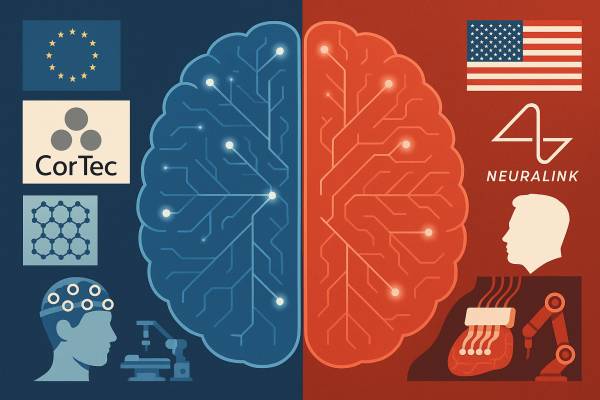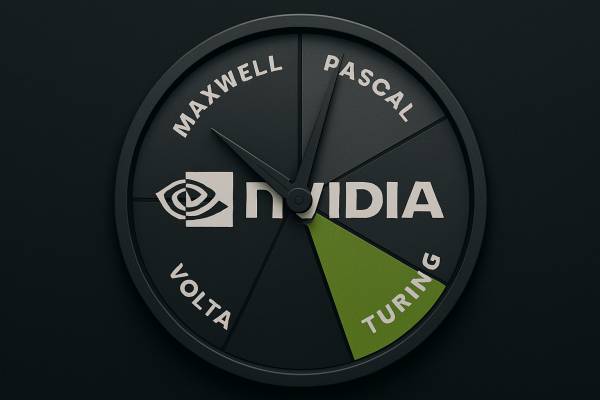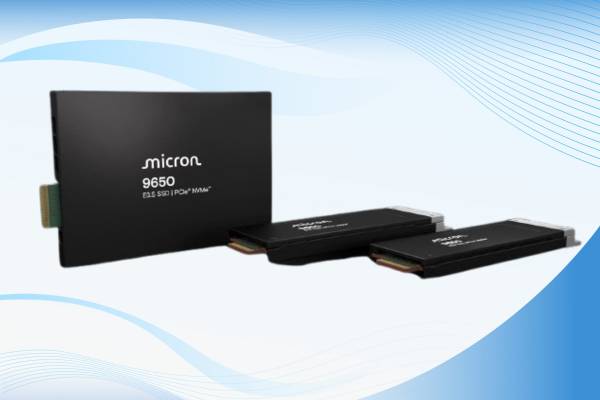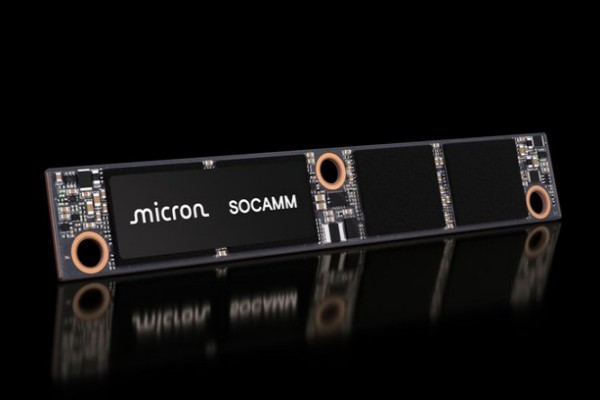Micron and Astera Labs joined forces at DesignCon 2025 to unveil the world's fastest PCIe 6.0 SSD. Although the product is not yet market-ready, it’s worthwhile to examine the technology’s basics and its future prospects.
Last August, Micron introduced the first prototype of a PCIe 6.0 SSD, and now a new version has been released with further improved read speeds. In the latest demonstration, the test setup featured two Micron PCIe 6.0 SSDs and an Nvidia H100 GPU connected through an Astera Labs Scorpio P-Series Fabric Switch. As a result, sequential read speeds exceeded 27 GB/s—double the performance of the fastest PCIe 5.0 drives available today, which offer a maximum bandwidth of 14–15 GB/s.
While these results seem impressive, it is important to note that they were achieved under controlled conditions. In real-world use, additional factors—such as temperature, power consumption, and system integration—may affect overall performance.
Another key aspect is the technology used during testing. The new Scorpio P-Series Fabric Switch plays a crucial role in the PCIe 6.0 solution. It can handle up to 64 PCIe 6.0 lanes simultaneously, which helps boost the system’s overall bandwidth and maintain signal integrity. This technology not only improves communication between storage devices but also optimizes data transfer among the CPU, GPU, and other components.
Another significant factor is Nvidia’s Magnum IO GPUDirect technology, which allows direct memory access between the GPU and storage devices, reducing the latency caused by the CPU. This method is essential for achieving high-speed data transfer, especially in AI and high-performance computing (HPC) systems.
Currently, these SSDs are not available for purchase, and several challenges remain before they can be widely deployed. For example, proper thermal management is crucial because increased data throughput generates significant heat.





























